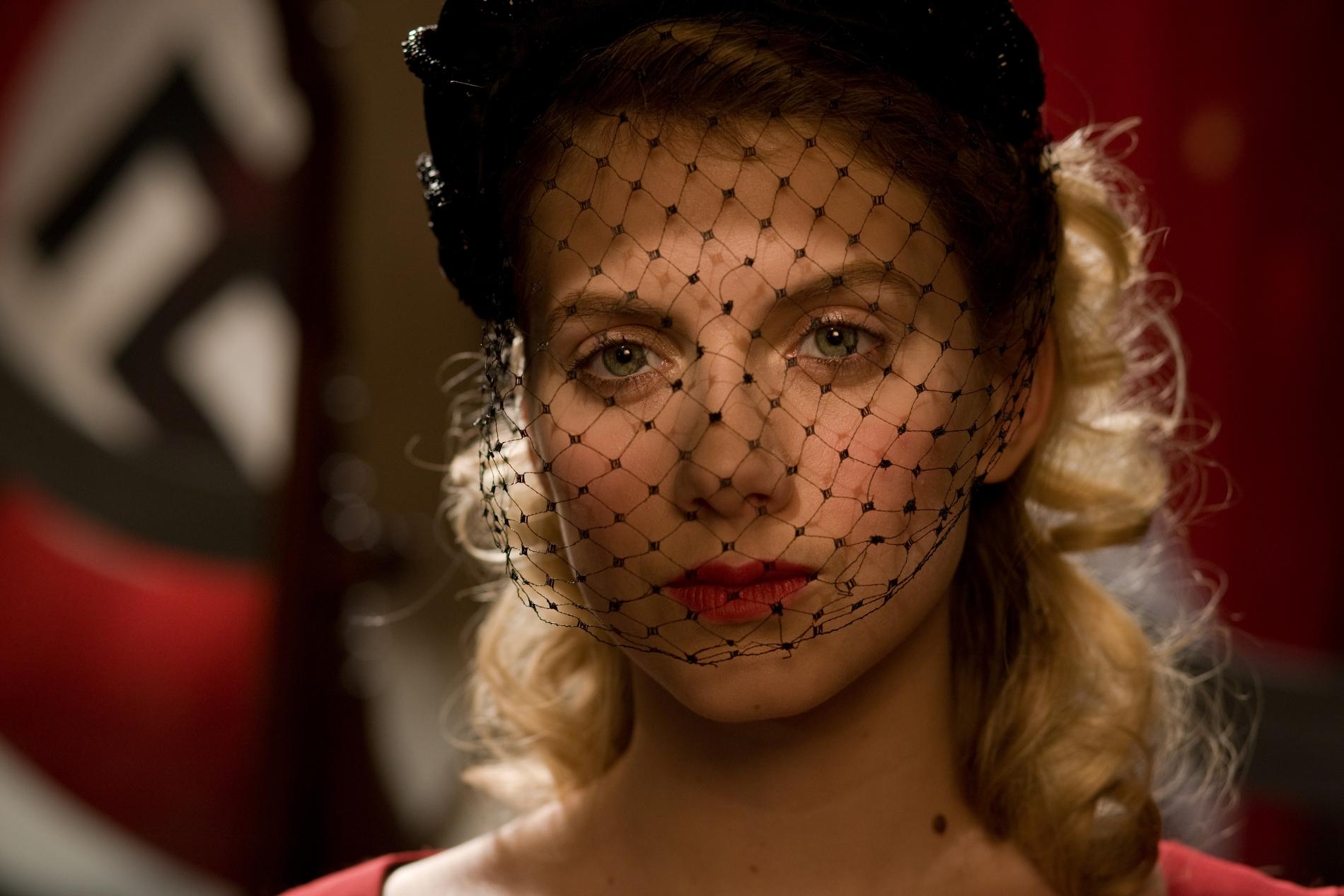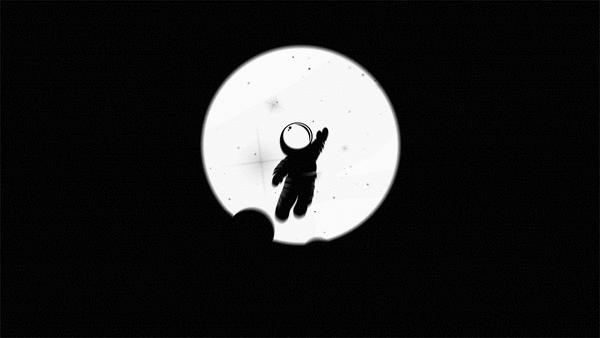

In my quest to continue to perfect my craft and to become an all-around better filmmaker, I’ve come across some useful guidelines for lighting. This blog is all about taking information and displaying it in a simplistic form. Same amount of information but easier to grasps.
Lighting is essential to film. I guarantee your first couple of times lighting interiors you’ll fall flat on your face. We all have been there and sometimes I still screw up. These four guidelines are something I came up with recently and I will be putting into practice from this day forward.

1) Light the marks
In film we have our actors hit marks to deliver lines. This is where you want to control your light. When your actor walks to that mark and deliver that amazing line their light should be lit to convey the overall mood. These points are the most important points. Everywhere else the light can fall but wherever your actors are, this is where you want to control the light. Often we try to light to where the entire scene is giving consistent contrast. Further investigating films, the light varies to keep things interesting. However, wherever the actors speak or stand the light is controlled.

2) People v Background
This one is extremely simple but easily overlooked. Just as easy as this can make your images more cinematic, just as easy forgetting it can make your images look amateur. The most important thing in your image is the subject or item. Therefore, they should be the brightest thing in the image. Our eyes gravitate towards what is bright and film is all about controlling what we want the audience to see. The background should almost always be a few stops darker than your subjects. This doesn’t mean let it fall into a dark hole, but it shouldn’t be competing with your subject(s). So how do we avoid this? Well the most effective way is to use flags on C-stands. However, I was born in the guerrilla style of filmmaking. Often we don’t have C-stands. The guerilla solution is to put your subjects away from the wall and light from behind them or use black foil material on your lights as your “flags”.
3) Back light

I urge you to watch your favorite film after reading this and look at the back light. This is just classic cinema style. Back lighting then controlling the fill is Hollywood’s go to move. Some cinematographers such as Bob Richardson goes as far as making the back light extremely hot. As you can see in my favorite image post, he uses this technique with great fearlessness. Back light is essential. It avoids having black hair turn into black blobs and it separates the subject from the background. Remember we want to avoid having the background and subject competing. In most cases films start with the back light, making it the key light and then the fill accordingly. This is something you want to work into your arsenal.
4) Augmenting reality
I always say that filmmaking is controlling reality. Lighting is completely artificial in films and as you start training your eye you notice just how fake things are. However, to the untrained eye it looks natural. So how can we accomplish this with as little effort as possible? When on a location have the actors or stand ins sit or stand in the intended area. Having done that, look at how the natural light is hitting them and then augment it with your lights to have that control. This is a simple but useful way to create an amazing image.
So there you have it, four lighting guides that I feel will make our filmmaking lives easier. The more we can limit the technical hurdles the more we can focus on story.
What are some guideline you use for lighting?

